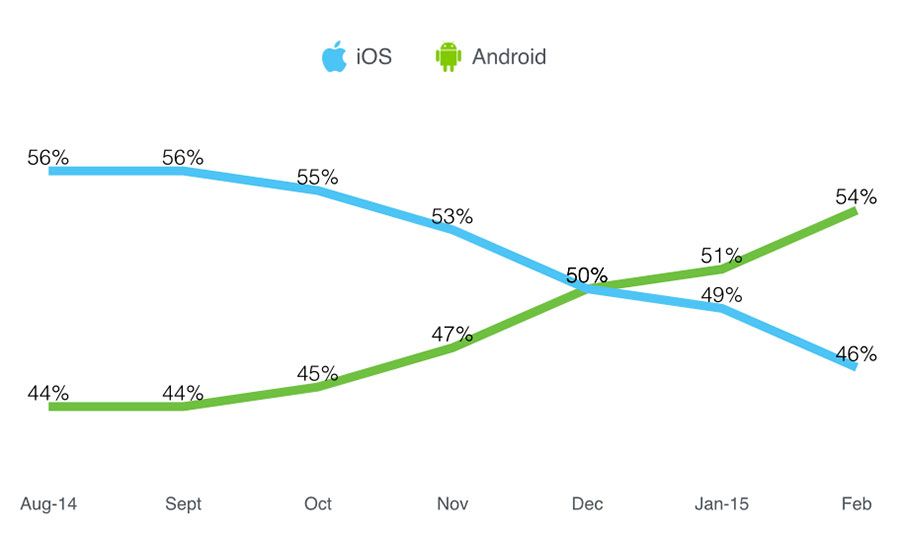Educational apps for children are a growing market, and a new business model looks to bring tablets, educational apps, and kids together in a brand new way with great potential. Findaway has debuted the Playaway Launchpad, the first ever secure, pre-loaded learning tablet that’s explicitly designed to be circulated by libraries and in classrooms. It’s a brilliant way to bridge the digital divide and bring educational software to children who would otherwise be unable to use a tablet.
Anyone who’s ever watched a kid being introduced to a tablet or a smartphone understands the immediate, magnetic attraction touchscreen devices have. They are tactile, colorful, animated, fun, and intuitively easy to easy. The difficult part is usually removing a smart device from a child once they’ve had some time with it. This is an obvious market opportunity, and one that potentially has terrific beneficial effects for kids as well as publishers. The educational software market was once measured in the billions, but declined in the late 1990s for a variety of reasons.
Findaway’s Launchpad “delivers high quality,ad-free learning apps grouped together by subject area, theme, grade level and age,” according to the company. An important feature is that the tablets are pre-loaded with these apps and are secure, so there’s no way for kids to access unintended content. The tablet is also durable, with a rubberized protective case that will help it withstand the rigors of being handled by multiple users in a variety of tough environments. A one-touch reset feature erases previous user data and readies the Launchpad for the next person to check it out.
“We’re incredibly excited to debut Playaway Launchpad and change the way tablets are circulated within libraries and schools,” said Jennifer Leombruno, VP, Playaway Pre-Loaded Products Group. “Launchpad directly addresses the common pain points of retail tablets, offering a turnkey solution for staff wanting to provide access to a high-quality, interactive learning tool in a safe, fun, and affordable way.”
Launchpad is powered by an Android operating system and features a 7″ high-definition touch screen, external speaker, universal audio jack and a durable, protective bumper. The tablet is free of Wi-Fi and camera capabilities, ensuring a controlled user experience. Starting at $99 and sold exclusively through Findaway, Launchpad comes with everything needed to easily build a library or classroom collection including a shelf-ready circulating case and a USB/AC power adaptor. Additional accessories are sold separately.
Early adopters of the new learning tablet include Baltimore County Public Library, Cambridge Public Library, Chicago Public Library and Nashville Public Library. Each library system will be among the first in the nation to circulate Launchpad to their patrons at multiple branches. More information on the Launchpad can be found here.
Findaway has partnered with leading app developers and Fingerprint Digital, a prominent app aggregator and technology partner, to custom-curate thousands of best-selling apps selected and quality-tested just for children. The content collection spans subject areas from math and science to critical thinking and creativity, and features themed learning packs including animals, princesses, fantasy, nature and more.
The Launchpad presents a new marketing opportunity for educational developers to reach a previously inaccessible audience. Fingerprint’s expertise with children’s software and unparalleled range of connections in the industry lends additional weight to the marketing benefits for developers. All that, and you get to do something fun and educational for kids.

Mealnie Dawn Waller
The [a]listdaily sat down with Fingerprint senior producer Melanie Dawn Waller to to discuss the tablet and how it promises to benefit kids with access to top-notch software.
Tell me about the Launchpad. Why is this important?
We’re the first preloaded tablets, and we have over 100 different packs. Each of the devices has a theme or subject-oriented pack of different apps on it, 10 different apps in each pack. It’s a way for developers to get their content out to kids. It’s going to be in schools and libraries, thousands of them all over the nation.
How does the Launchpad work for the kids?
You go in and create a new avatar, choosing one of twelve different characters. You land right on the games page, and it gives you information on how you can earn points that you can use to customize your avatar. There are ten different games in a pack, each pack goes on a device, and there are over 100 different packs. There’s a full range of curricula, with math, critical thinking, STEAM, language arts, creativity, science and others. We also have theme packs, like the princess pack, the fantasy pack, the nature pack, and so on.
We also have a parent’s section, and as you play all the games it shows what games they have played, and the different subjects that have been covered across the pack. So Mom can come on and look and see what they’ve done. They can play this pack, then take it to the library and get another pack.
The idea, then, is that kids will be able to get a Launchpad from libraries or at their schools, right?
Yes, schools and libraries. It’s crossing the digital divide, so that anybody can really have it. If you don’t have a device, or can’t download, you can get access.
What’s the business model for the Launchpad?
The libraries purchase them from Findaway. They actually have some up on their site already, where you can see the different packs that are being offered. The libraries will decide which packs they want. The fact that they sell for $99 or $129 is really important.
This will give the software developers much better exposure for their product, won’t it?
They’ll get huge exposure for their product. We’ve partnered with all of these developers from all over the world that we’re working with to bring on the apps for those packs. We have an in-house content team assessing and designing the packs to make sure we’re giving out the best apps, so parents can really trust what we’re giving out here. Every app is assessed and tagged, age-categorized, and then determined which content pack it will go into. When you see a math pack here for a certain age grade, you can trust that it’s going to be good for your child. From a developer’s perspective, you’re getting your app in front of those parents from a trusted source, which is important to parents.
Can parents also find these apps directly from Fingerprint, if they want to access them on their own devices?
We have our own platforms, where you can come in and access a lot of the apps. There’s Samsung Kid’s Time, which is now in Asia but is coming to the US. Then we have Sylvan Learning, which we’ve partnered with, so there are apps on that platform. We’ve also partnered with Corus Entertainment.
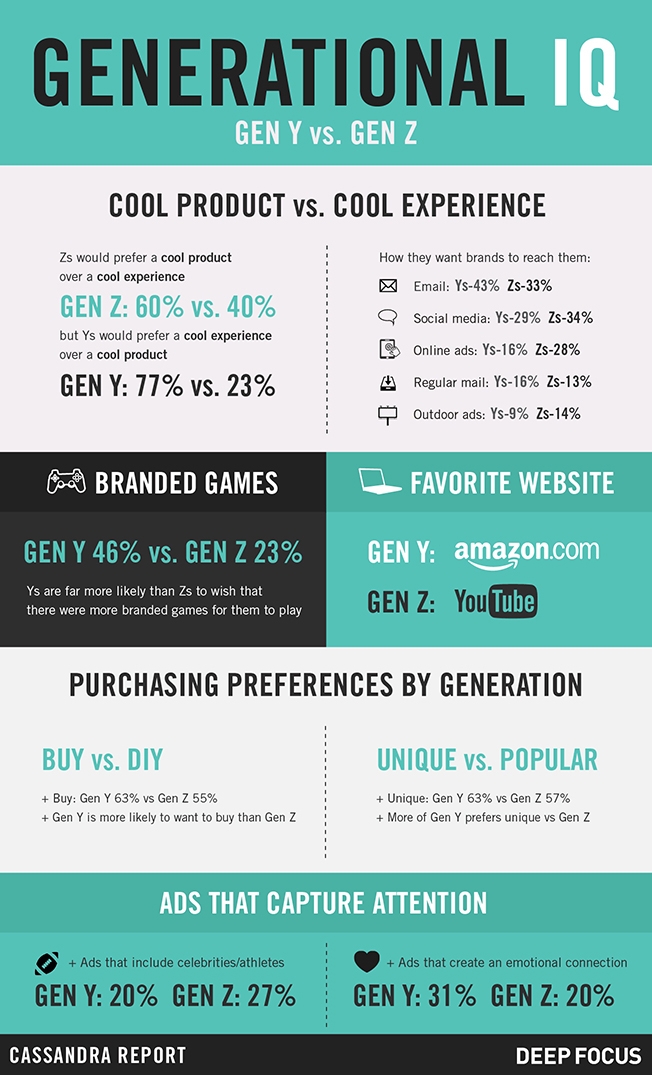


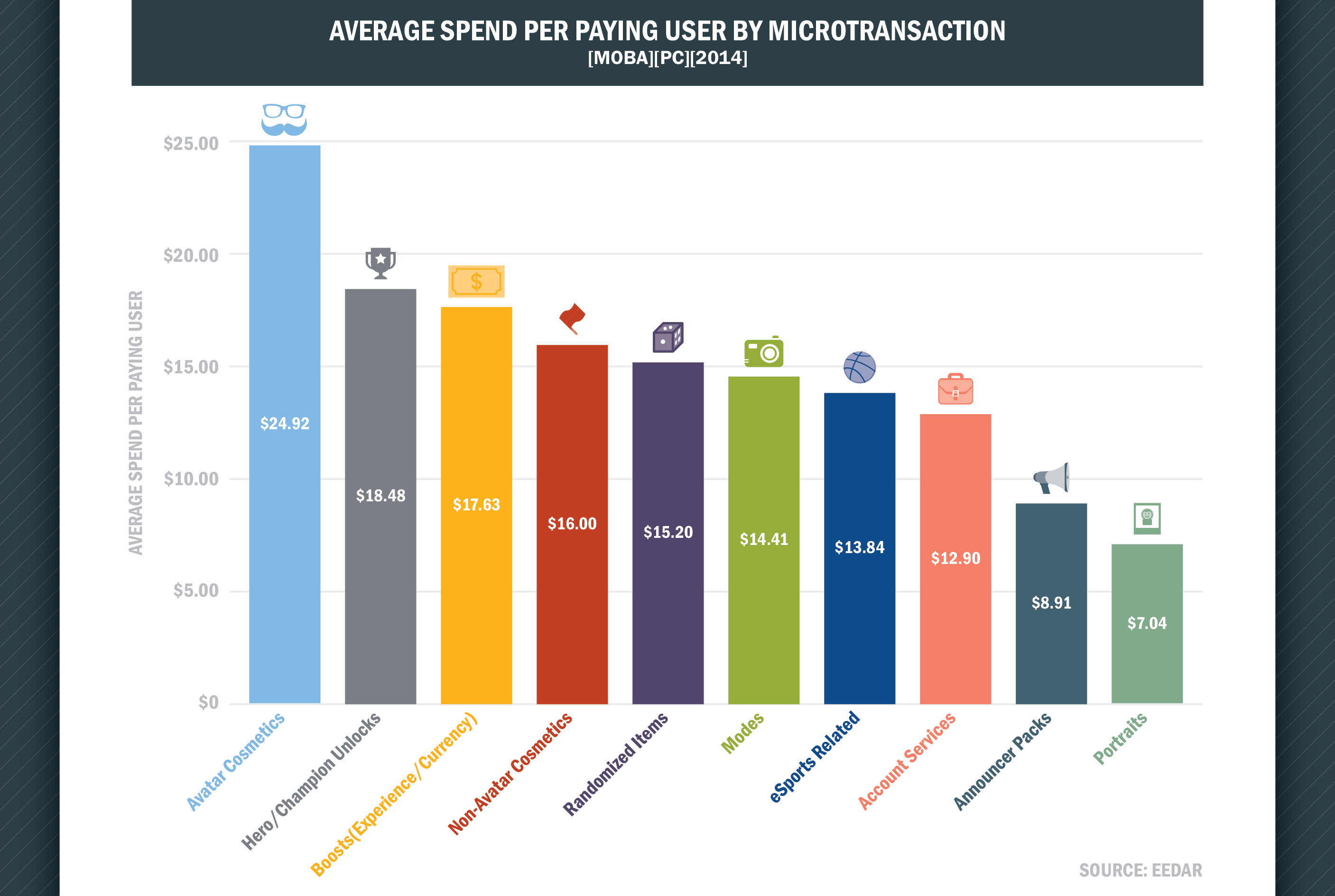
 CEO of Next Games, Teemu Huutanen
CEO of Next Games, Teemu Huutanen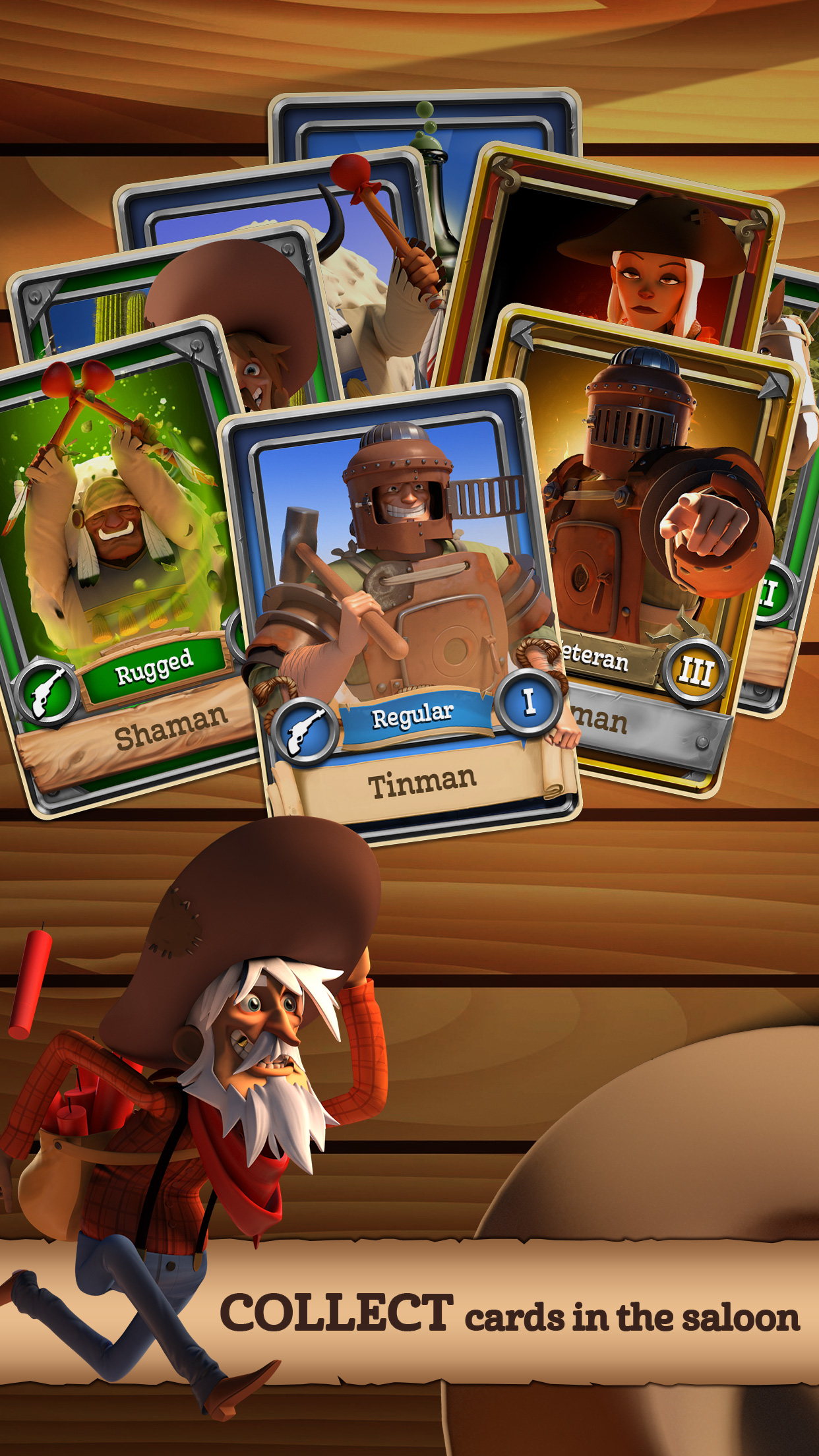 Compass Point: West‘s collectible cards
Compass Point: West‘s collectible cards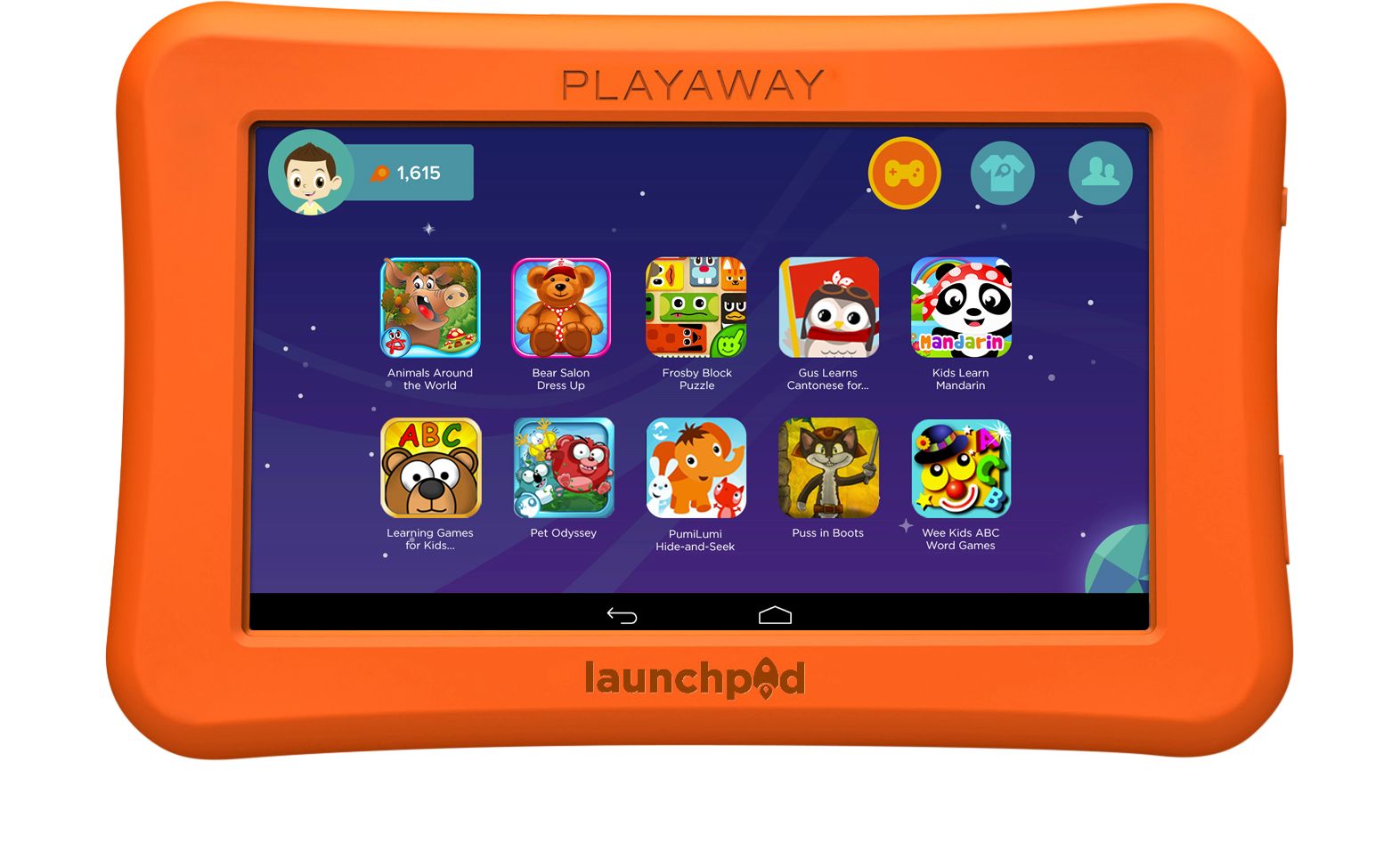
 Mealnie Dawn Waller
Mealnie Dawn Waller
